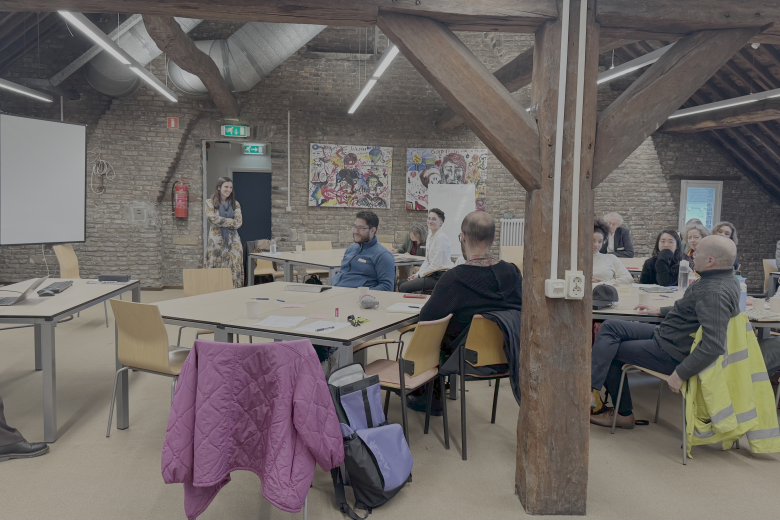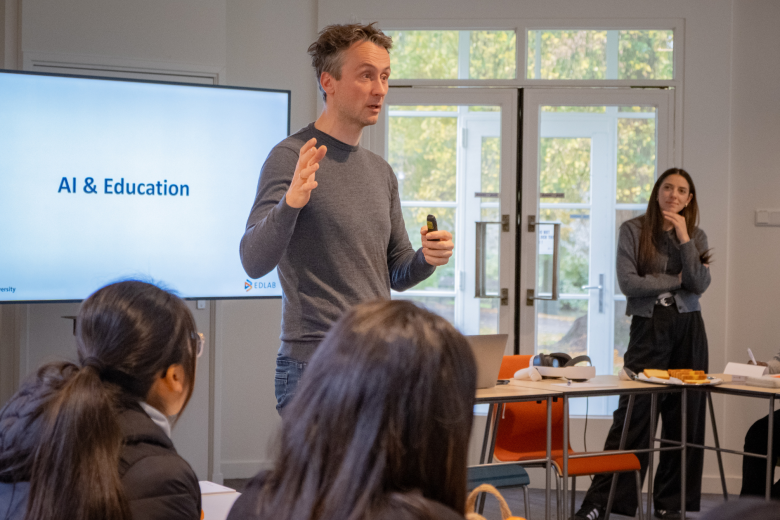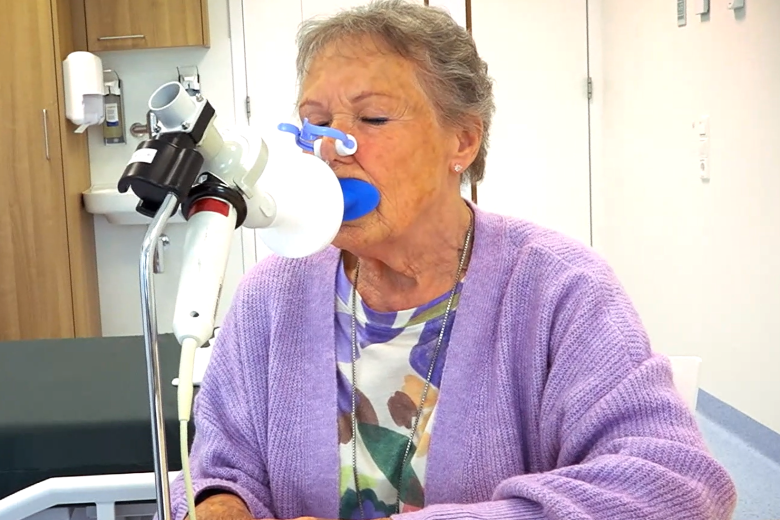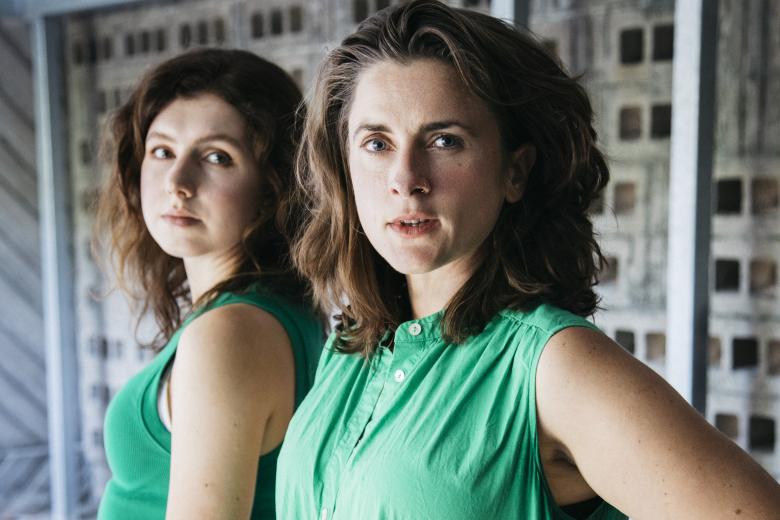The Right to Public Participation in Environmental Decision-Making: The Case of Air Quality Matters in the EU and the Member States.
PhD thesis by Justine Richelle

PhD thesis by Justine Richelle

We call for your submission of proposals for panels, papers and contributions in artistic research on these and/or related themes by Wednesday 10 December 2025, macch@maastrichtuniversity.nl.

On 13 October 2025, the Maastricht Centre for the Innovation of Classical Music hosted the event ‘De-composing Classical Music: Coloniality and Resistance’ at the Faculty of Arts and Social Sciences in Maastricht.

The new volume offers a contemporary understanding of the state of the art of ‘crimmigration’ with a focus on the European Union and challenges this paradigm of intersecting criminal justice and immigration control.

On 21 October 2025, EDLAB hosted students from United World College Maastricht for the second year in a row, as part of their Youth Social Entrepreneurship programme.

Dr. Shuo Li will visit IGIR for one year, between October 2025 and October 2026. Her current research focuses on China and international arbitration.

We are incredibly proud to share that the MBA programmes of Maastricht University School of Business and Economics’ executive branches, MSM and UMIO, have once again been recognised among the very best sustainable business MBA programmes worldwide. In the 2025 Better World MBA Ranking by Corporate...

On 23 October 2025, the Globalisation & Law Network, together with the Maastricht Centre for Law & Jurisprudence, organised a seminar featuring Giuseppe Martinico (Sant'Anna School of Advanced Studies, Pisa).

Together with broadcaster L1, NUTRIM created a five-part video series offering an exclusive look behind the scenes of our research. Watch the videos

Are EU citizens essentially the serfs of a handful of American monopolies? Here, Maastricht University researchers Valentina Golunova and Dani Shanley discuss the geopolitical and institutional consequences of the new ‘digital oligarchy.’ Why do its leaders—paradoxically—still need our consent for...
